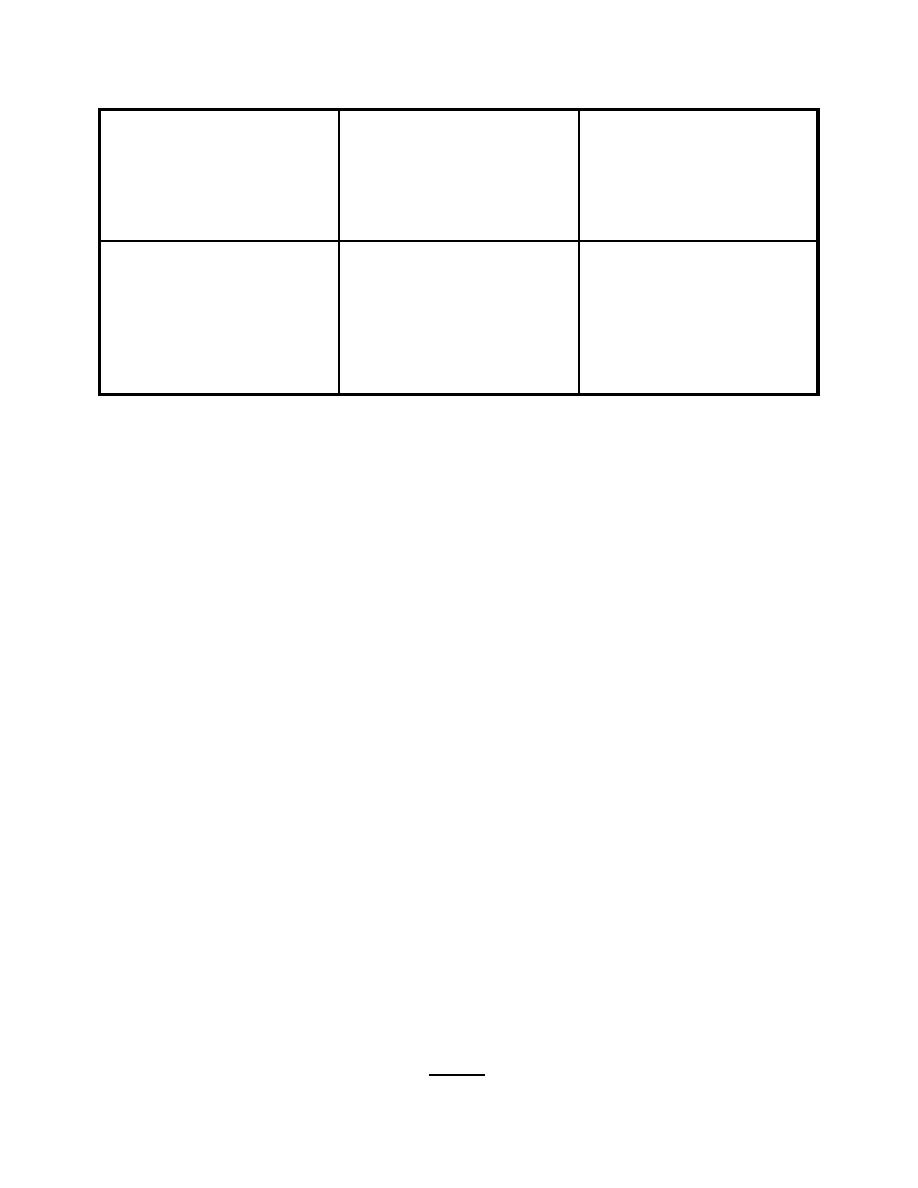 |
|||
|
|
|||
|
|
|||
| ||||||||||
|
|  T-39 FLIGHT PREPARATION
STUDENT GUIDE
Gauge
(1). Same as matrix, but
Sometimes difficult to
automatically updates if fuel
measure fractions of a gauge.
flow changes
Also dependent on accurate
(2). Fast, Tactical
ETEs
Pounds Per Nautical Mile
(1). Independent of preflight
(1). Cumbersome numbers to
ETEs.
multiply and divide-small
(ppnm)
errors in ppnm figure can
(2). Useful on long, straight-
cause large errors.
line flights (i.e. cross-country
flights).
(2). Difficult to estimate
average ground speed to IAF
(3). Inflight re-planning
Figure 1-2
g. Enroute delays
INTERMEDIATE: Expect to do a minimum of 3 different approaches at 3 different
airfields on ANAV-20. These approaches will normally be filed approaches but can be
unplanned inflight route changes (such as simulated divert). The enroute approach on
ANAV-21 is considered optional with regard to completing the flight. If planned, the delay
should be included on the DD-175, per FLIP, with 0+20 allotted for the approach. This
will require a little more in-depth fuel planning on the Flight Log, and FLIP study to
determine the peculiarities of the field.
When executing enroute delays, the clearance limit will be to the delay airfield.
Approach Control will give further clearance sometime during or after the approach. It is
important to note that civilian and Air Force fields will often keep you up Tower frequency
until clear of the Class D airspace. Tower will direct the switch to departure in these cases.
17.
PENETRATION VS ENROUTE DESCENT
Jet aircraft approaching the terminal phase from the high altitude structure have a choice of
a high altitude penetration or an enroute descent. ATC will often ask what type of approach is
desired approximately 200 miles from your destination. If you wish to execute the entire
published high altitude approach, you need to request the penetration. If ATC does not make this
request, they will assume you desire an enroute descent. Be wary of altitude assignments below
the IAF altitude. If you want a low altitude approach, or desire vectors to an ILS, a GCA or
TACAN final, you should request the enroute descent. The aircrew may refuse an enroute
descent in favor of a penetration approach.
a. Approach. The approach phase requires constant vigilance. It is very easy to misdirect
your focus during this phase of flight. There are many checklists and briefs to perform, and
the airspace is significantly more crowded.
b. Descent Checklist. The descent checklist includes numerous items that must be
accomplished early so the crew is ready for the approach. Weather information for the
destination airfield should be obtained at least 100-150 NM prior to the destination by
2-15
|
|
Privacy Statement - Press Release - Copyright Information. - Contact Us |